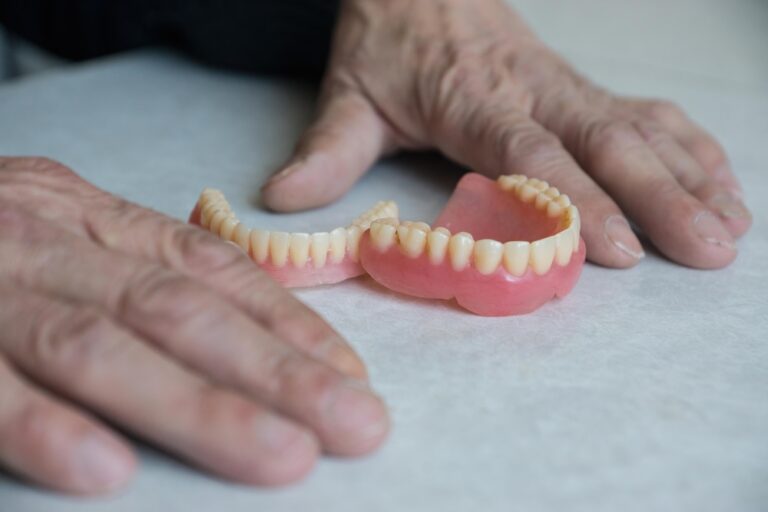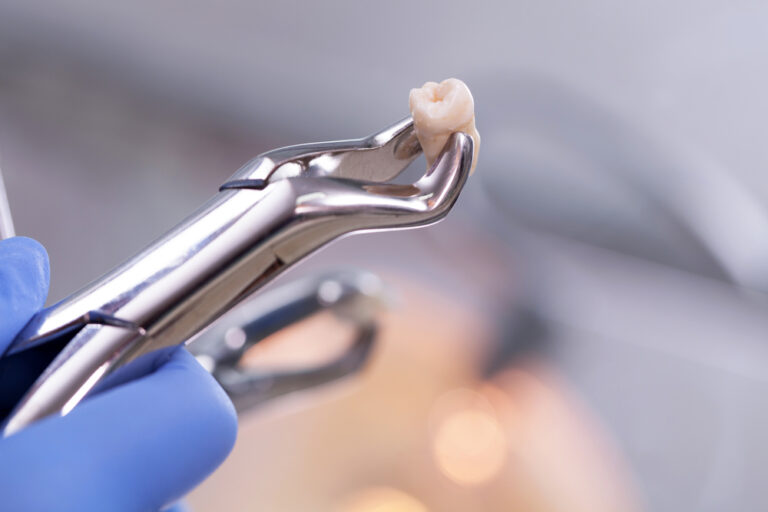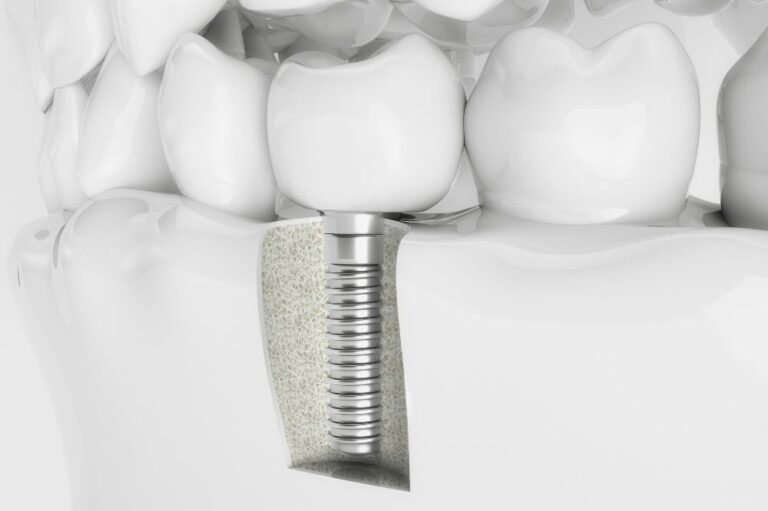Getting your troublesome wisdom teeth pulled may seem like the end of suffering, but complications can occur even after removal. It’s not unusual to still feel some empty space at the extraction site initially. But an abnormally large lingering hole long after surgery suggests a problem with healing.
Understanding why extraction sockets fail to close and steps you can take will help get the area back on track. Let’s explore common reasons holes remain where wisdom teeth used to be.
Delayed Healing After Wisdom Tooth Removal
After an extraction, a blood clot must form in the socket to protect the area during the critical initial phase of healing. Granulation tissue then slowly fills the space over several weeks. Proper closure requires the following healing stages:
- Blood clot formation – Within 24 hours a clot stabilizes in the socket to protect the bone and nerves underneath.
- Soft tissue proliferation – Over 2-4 weeks, granulation tissue consisting of new blood vessels, collagen fibers, and gingival cells gradually fills the hole.
- Epithelialization – The gum tissue edges migrate to cover the site with epithelial cells.
- Bone regeneration – Osseous tissue slowly regenerates at the base of the socket.
- Remodeling – The gingiva rebounds and socket smooths over 3-4 months as bone remodeling finishes.
But various factors can disrupt this coordinated healing sequence and leave an unfilled space:
Dislodged Blood Clot
Prematurely losing the protective blood clot exposes the bone and nerves, delaying granulation tissue formation. This happens with smoking, swishing fluids, disturbing the clot with fingers or tongue, and manipulating the area too soon.
Trapped Debris and Food
Particles of food, dental materials, or other debris can get lodged in the socket, preventing complete closure. Meticulous oral hygiene is required following surgery to keep the area clean.
Infection
Bacterial contamination of the site sets up an infection that inhibits proper healing. Plus, foul odor, severe pain suggest an infection. Prescription antibiotics and antimicrobial rinses treat infection.
Chronic Inflammation
A prolonged inflammatory response prevents the socket from filling with dense connective and epithelial tissue. Icing, medication, and head elevation help control inflammation.
Anatomical Factors
 In some cases, local anatomical structures like enlarged nerves or exostosed bone physically prevent the socket from closing fully after extractions.
In some cases, local anatomical structures like enlarged nerves or exostosed bone physically prevent the socket from closing fully after extractions.
Difficult Surgical Procedure
Excessive drilling or trauma during a complicated extraction procedure prolongs the subsequent healing duration. Stitches help stabilize flap procedures.
Tobacco Use
Smoking or chewing tobacco severely restricts blood flow to the mouth, dramatically slowing the healing cascade. Ceasing all tobacco products is mandatory.
Signs of Problem Healing After Wisdom Teeth Removal
Look for these concerning symptoms that indicate your surgical site is not healing properly:
- Obvious hole or empty space still palpable 4+ weeks later
- Food, debris, and liquids pooling in the socket
- Persistent bad taste coming from the area
- Pain, swelling, or pus discharge coming from the site
- Numbness or tingling of the lip, chin, or tongue
- Visible white bone or nerve tissue through the hole
- Bad breath suggesting infection in the space
Prompt consultation with your oral surgeon is advised if these problems persist beyond 2 weeks post-op. Additional intervention is often needed to clear infection and properly fill the space.
Treatments to Repair Delayed Wisdom Tooth Socket Healing
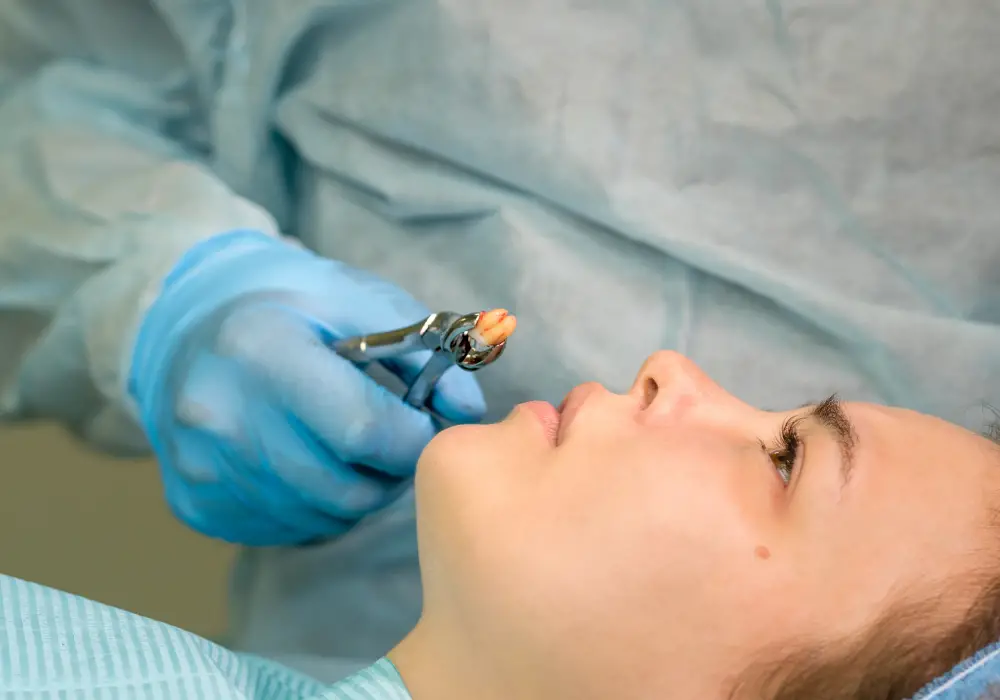
If the extraction site remains open longer than it should, your surgeon has several options to encourage closure:
- Debridement – Carefully clearing out any trapped particles of food, debris, or dead tissue preventing healing.
- Medicated packing – Temporarily filling the space with antibiotic medicated gauze to reduce bacterial levels.
- Bone grafting – Placing bone graft material in the socket speeds new bone formation.
- Flap surgery – Reopening the gum site to directly view infection then suturing the tissue closed over it.
- Alloderm graft – Plugging the persistent hole with this regenerative dermal matrix.
- Hyperbaric oxygen therapy – Delivering concentrated oxygen to the area accelerates healing.
- Wound dressings – Securing an analgesic gel dressing helps control pain and swelling.
With the right intervention, almost all extraction sockets can successfully heal, eliminating the bothersome hole. Proper aftercare and oral hygiene habits at home are also key.
Post-Op Care to Prevent Lasting Wisdom Tooth Holes
You can optimize healing and avoid persistent holes after extractions by:
- Using prescribed antibiotics and chlorhexidine antiseptic rinses
- Keeping gauze firmly compressed on the site for at least 2 hours after surgery
- Avoiding swishing liquids, spitting, and directly touching the area
- Consuming only soft foods for 7-10 days that won’t get trapped
- Irrigating very gently with saltwater after 24 hours to keep debris cleared
- Avoiding alcohol which constricts blood vessels and slows healing
- Icing the face for 48 hours to control surgical swelling
- Keeping the head elevated above heart-level to minimize edema
- Quitting smoking immediately before and after surgery
- Replacing any dissolved or lost sutures promptly
Proper cleaning and protection allows an organizing blood clot to stabilize so the socket fills with new tissue normally.
Is an Ongoing Hole After Extraction Normal?
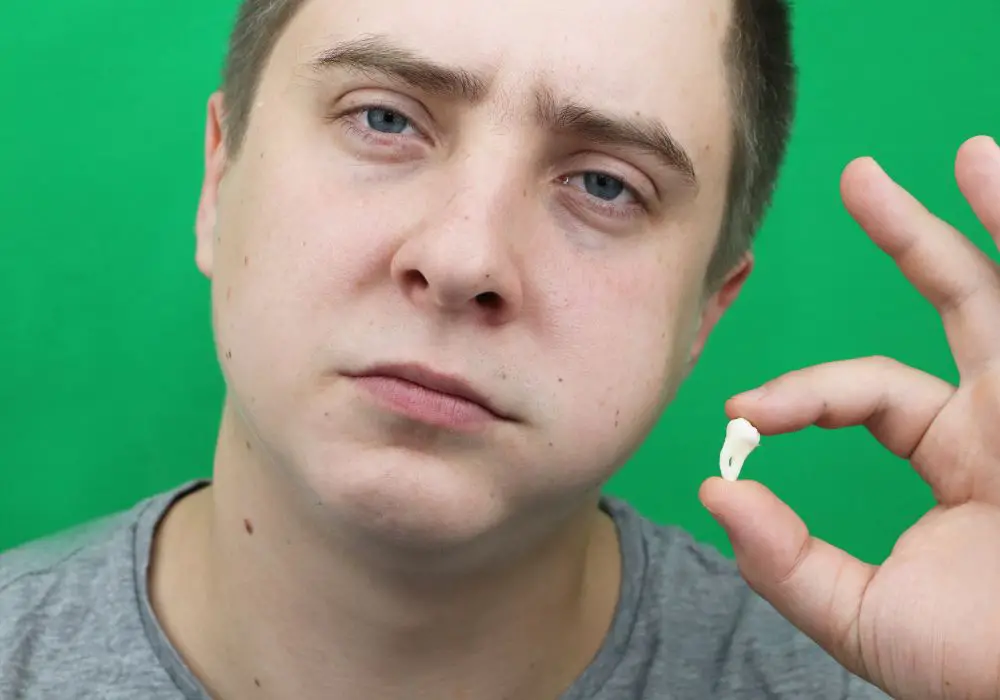
It is normal to see the following during standard healing:
- Slight hole imprint for the first 24 hours as the initial blood clot forms
- Some deeper socket indentations the first 1-2 weeks as tissue gradually fills it
- Light indent still visible around 2 months as gums smooth
But beyond 2 months, an obvious open hole or space suggests delayed healing. The socket should be closed by this point. If it remains noticeably indented or empty, promptly consult your oral surgeon for assessment and possible intervention. Leaving an unhealed hole risks worsened infection and bone loss.
Frequently Asked Questions
Q1: How long should it take for an extraction site to completely fill in?
Clot formation begins within 24 hours. Soft tissue regeneration over 6-8 weeks closes most of the space. But final bone remodeling and smoothing can take up to 4 months. An obvious hole remaining after 2 months is abnormal.
Q2: What home remedies can promote healing after wisdom tooth removal?
Saltwater rinses, probiotic yogurt, turmeric, zinc supplements, tea tree oil, aloe vera, and chamomile tea support healing. But extensive socket holes or infections need professional attention.
Q3: Is it normal to see white tissue in the socket after wisdom teeth removal?
Some exposed white tissue is expected during normal healing as the bone and gum tissue regenerates. But copious thick white material indicates infection. Seek urgent care if pus, bleeding, or bad odors accompany it.
Q4: Can I speed up closure if food keeps getting stuck in the wisdom tooth hole?
Meticulous cleaning is first priority to avoid food impaction and infection. But if debris gets trapped often, ask your surgeon about options to stimulate faster closure like bone grafts or soft tissue flap procedures.
Q5: How can I prevent a hole after wisdom tooth removal?
Avoiding smoking, alcohol, and swishing fluids facilitates proper blood clotting. Chewing gently and irrigating the area keeps it clean. Taking antibiotics as prescribed combats bacteria. Together these steps optimize swift closure.


